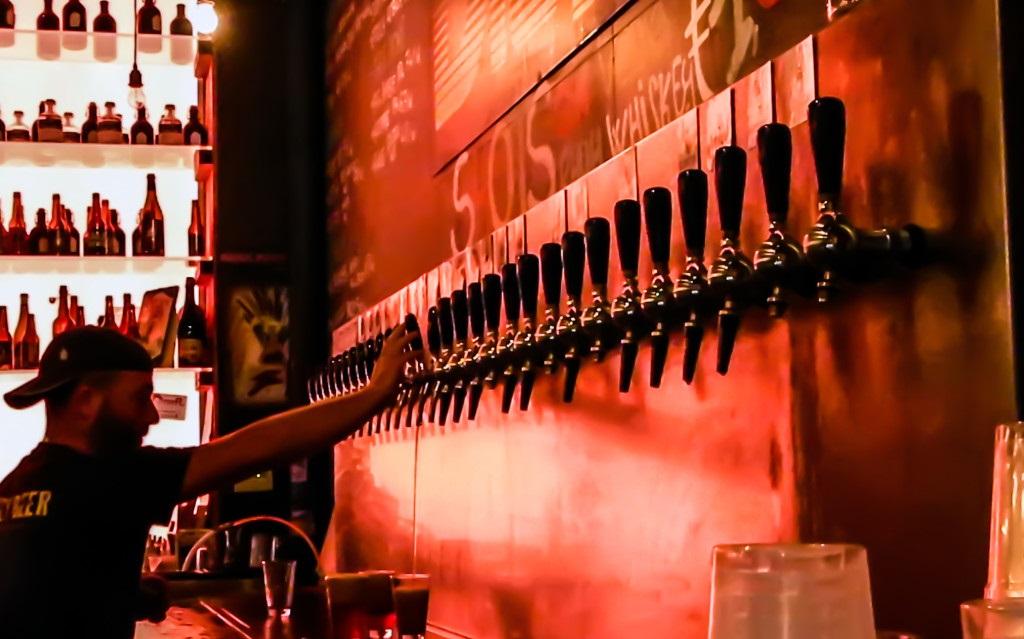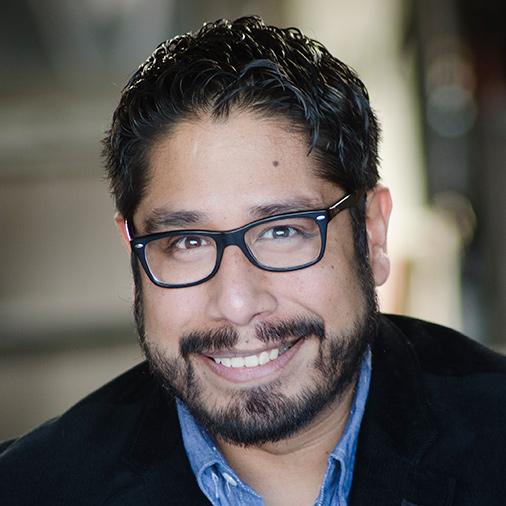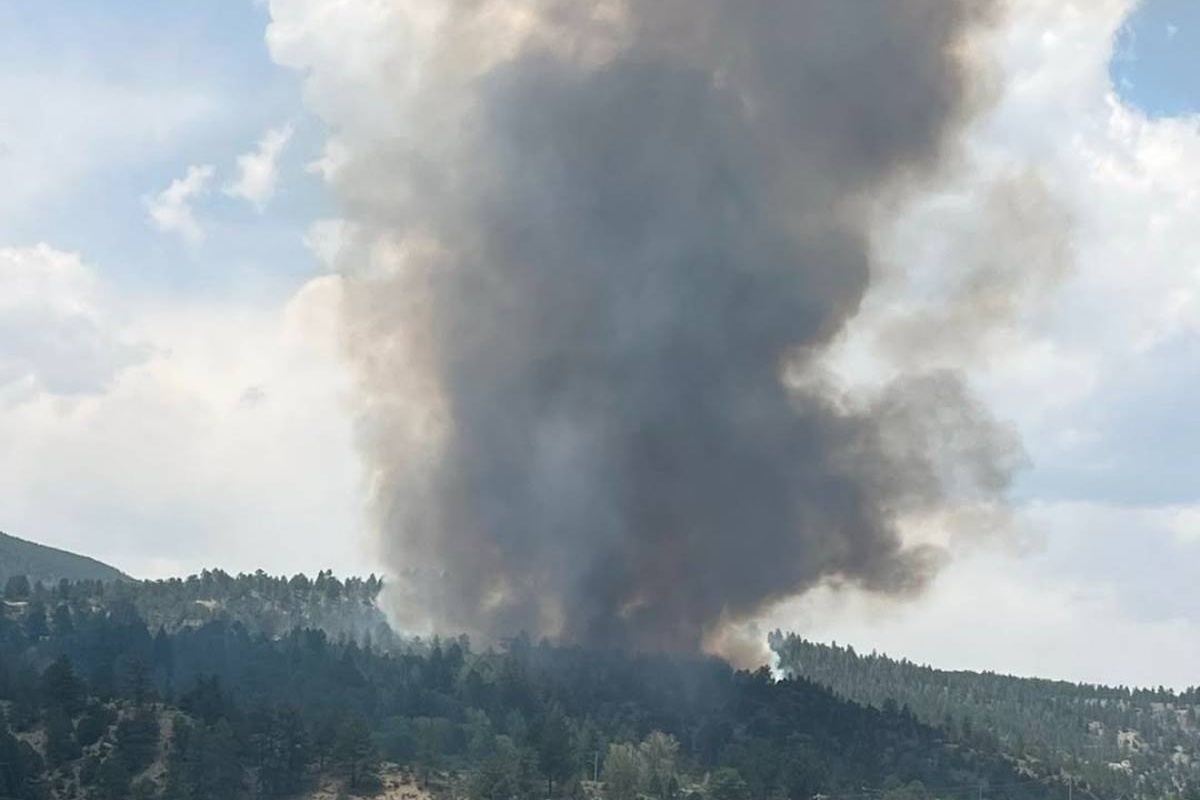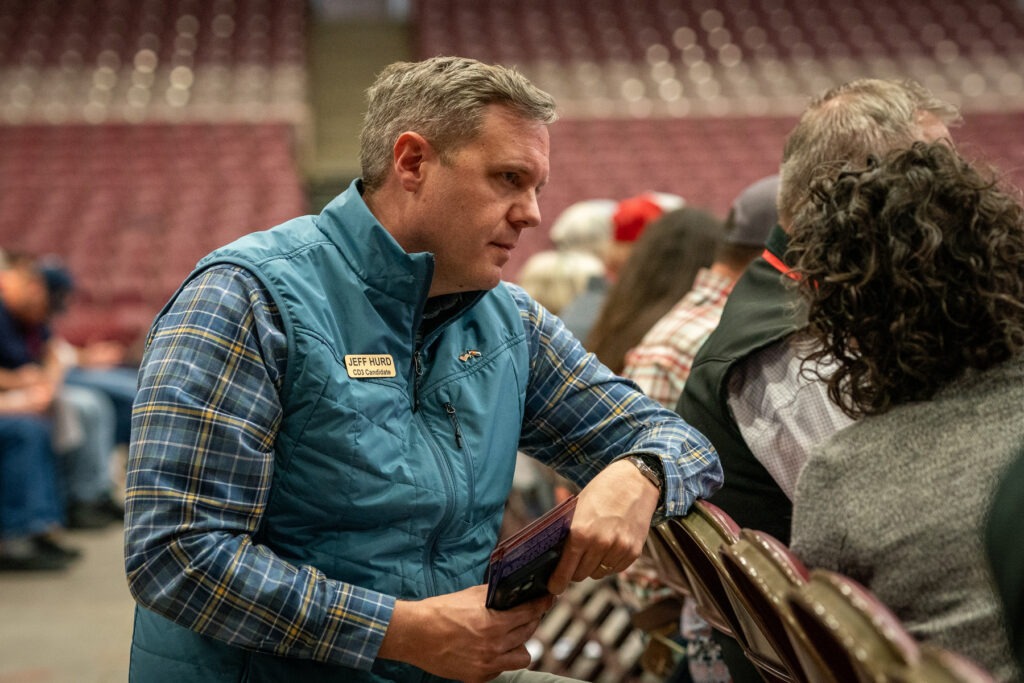
Sipping a fine Chianti may be your perfect image of Italian drinking.
But what about having a beer?
Italy's craft beer scene is very new. What started as 20 microbreweries 15 years ago has now expanded to more than 1,000. But that growth hasn't been without roadblocks, including complicated Italian bureaucracy and cultural infighting.

Denver author Bryan Jansing co-wrote a book about the burgeoning Italian beer industry. It's called "Italy: Beer Country." He says Colorado brewers including Eric Wallace of Longmont's Left Hand Brewery and Doug Odell from Fort Collins' Odell Brewing Company were integral in helping Italy's small craft beer scene develop.
Italian brewer Alex Liberati agrees. He's a key figure in Italy's beer industry. Liberati's now moved to Denver and plans to open the first Italian-style brewery in the state, and perhaps the country, early next year. Jansing and Liberati spoke with Colorado Matters host Ryan Warner.
Click the audio player above to hear the full conversation, and read highlights below.
Jansing on how Italians learned the craft:
"There were no books written in Italian on brewing. So there was no where to go; they couldn't just go read a book. They had to learn German or really understand the English technical terms. And that's kind of daunting, even in your own language."
Liberati on how a lack of instruction shaped Italian craft beer:
"It pushed these brewers to think out of the box. So we got people who purposely oxidized their beer, which is something which normally is like a big no no. ... Other people got a cigar and just blew the smoke through their fermentors. [Others] literally used tobacco to make a beer with, which you couldn't do many countries. But then in Italy they are really open to doing anything."
Liberati on the challenges of starting a brewery in Italy:
"It's crazy. Basically, every politician in Italy owns a winery. And they definitely don't own breweries. So there is a very strong lobby on the wine industry in Italy. They've really tried to make life hard for us. For example, wine doesn't pay taxes while we beer brewers are the most highly taxed in Europe -- one of the most."
"And then the legislation is insane. I've been on the board of directors of our brewers' association for four years and I've seen all sorts. For example, there was a guy who started out brewing in like '98, so one of our first brewers, who wrote ... 'craft beer' on his bottle. And he got fined €11,000 for doing that. No reason -- there was no reason. And he had to take all the bottles that he sold back into his warehouse again and change the labels. There's no reason for that. But we have a law that says that the guy who applies the law, so the ... official, can interpret it freely at his will."
Jansing on Italians' taste for beer:
"More Italians drink beer outside of the home than they do wine. So it's a preferred drink. ... Wine, of course, is their daily drink at home with their meals. But beer is so easy to pair with food and it's such a food culture, for them it's nice to go out and do something a little different."
Jansing on Italians' role in the European craft scene:
"Twenty years ago, the Italians were learning from the Germans and doing German-style beers. Now Italy is going to Germany to teach them craft beer because Germany is falling behind with their laws. And they are just starting to do a craft beer scene."
Excerpt: "Italy: Beer Country" My taste for beer stems from my father. Born in Cincinnati, he was a big fan of German-style lagers and of quality beer in general. He wasn’t much of a drinker, but he enjoyed a good beer and was never shy to offer me some. I loved it. When I turned fourteen years old, we moved to Vicenza in northern Italy. Being near the Austrian border, it was commonplace to find various styles of German and Austrian lagers. I was old enough in Italy to drink and took to discovering these beers with a passion. I wouldn’t say I was a beer nerd, necessarily, but more of a beer drinker with a thirst for very good beer. When I moved to Denver, I started working at one of the most important American tap houses, the Falling Rock Tap House. “Our friendship began in 1998,” recalls Paul Vismara, Illustrator, “ever since I started going to the Falling Rock Tap House for their unrivaled selection of craft beer. I moved from Chicago to Denver and knew of Falling Rock. The day the moving truck left, I walked the six blocks to check it out. I immediately liked the casual, sarcastic vibe of the staff, and you couldn’t find a better beer selection in the state. Falling Rock became my place of choice, and I eventually got to know most everyone who worked there, including Bryan. “I attended art school in Pasadena, California, in the late 1980s. This was a time when American craft beer was slowly getting underway, and California had two of the most vibrant and important players, Anchor and Sierra Nevada. Whenever I had the chance, the first thing I’d do when entering a bar was look for the oval Anchor labels or the green Sierra Nevada Pale Ale label. Any beer fan from that era remembers the constant search.” While I was in Rome visiting my parents in 2012, a friend suggested I check out Trastevere: “That’s where you’ll find beer.” I took my friend’s advice and stepped into a pizzeria called Bir e Fud with several Italian craft beers on tap. Both my wife and I were surprised. What had happened here? This was incredible. When had this all happened? We had no idea. Back in Denver, near the end of that summer, I was reflecting on my experience in Rome to Paul, who is truly a beer nerd. It was just a conversation, nothing more than a reflection while having a beer at the Falling Rock. Paul speaks Italian, has traveled there often, and loves Rome almost as much as I do. “This project began with a foggy-brained phone call in the summer of 2012,” Paul says. “I had just moved, in the midst of a very busy period, and with the stress wasn’t sleeping well. The alarm went off, and I stumbled down the stairs with thoughts swirling through my still-asleep brain. I poured a cup of yesterday’s coffee, nuked it, and picked up the phone to call Bryan. ‘Hey, we should write a book about Italian craft beer.’ “‘Hell, yeah,’ Bryan replied. ‘That’s a great idea!’ “We had been looking for a project to work on together almost from the time we first met nearly fifteen years ago. Bryan has been a writer for fifteen years, and I have been a freelance illustrator for nearly twenty-five. It was always in the back of our minds, but nothing had come along that we were both excited about. This was it. This was our project. We could bring all our passions together: writing, illustration, and beer in one book. “The first person we approached was our boss, Chris Black, owner of the Falling Rock, who has a wealth of beer knowledge. He didn’t know much about Italian beer, but he did know someone who might, Eric Wallace.” Eric is the founder of Left Hand Brewing, not far from Denver in Longmont, Colorado. He has lived in Europe, is married to an Italian, and speaks the language fluently. He was very familiar with the movement and knew many brewers, writers, critics, and publicans. We handed him a list of Italian breweries and asked him to point out the most important ones. Paul and I knew we were onto something. We had no idea how we were going to tackle this, but we knew we had to. During one of our late-night meetings, we finally decided to simply call some of these brewers and see if they would be available to talk to us if we flew out there. We called Agostino Arioli first. Agostino was a stranger to us, but he readily made himself available and even offered to pick us up when we arrived in Milan. Agostino was gracious and set us on the right course. As we went through Eric Wallace’s checklist and began to collect interviews for this story, we were continually humbled. All the people we met gave us their time generously and encouraged us. To any beer lover reading this, we hope you find the chance to visit our new friends in Italy. They will treat you with all the charm and love Italians are famous for. They are imaginative, creative, and extraordinary craftsmen—but everything you need to know about them, you’ll discover in their beer. In Bocca Al Luppolo, Reprinted from "Italy: Beer Country The Story of Italian Craft Beer" by Bryan Jansing and Paul Vismara with permission of Dog Ear Publishing. Copyright (c) Bryan Jansing and Paul Vismara, 2014. |









